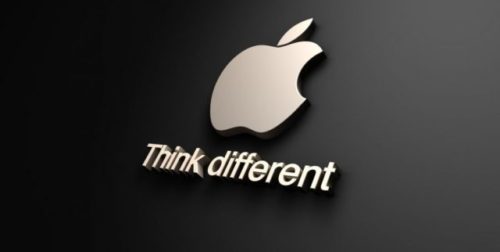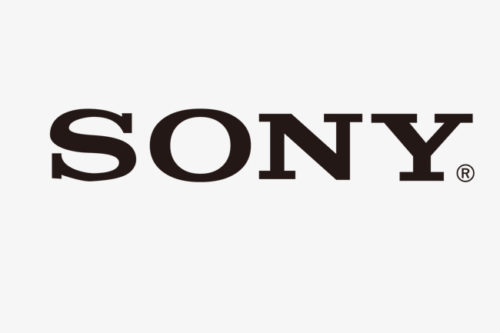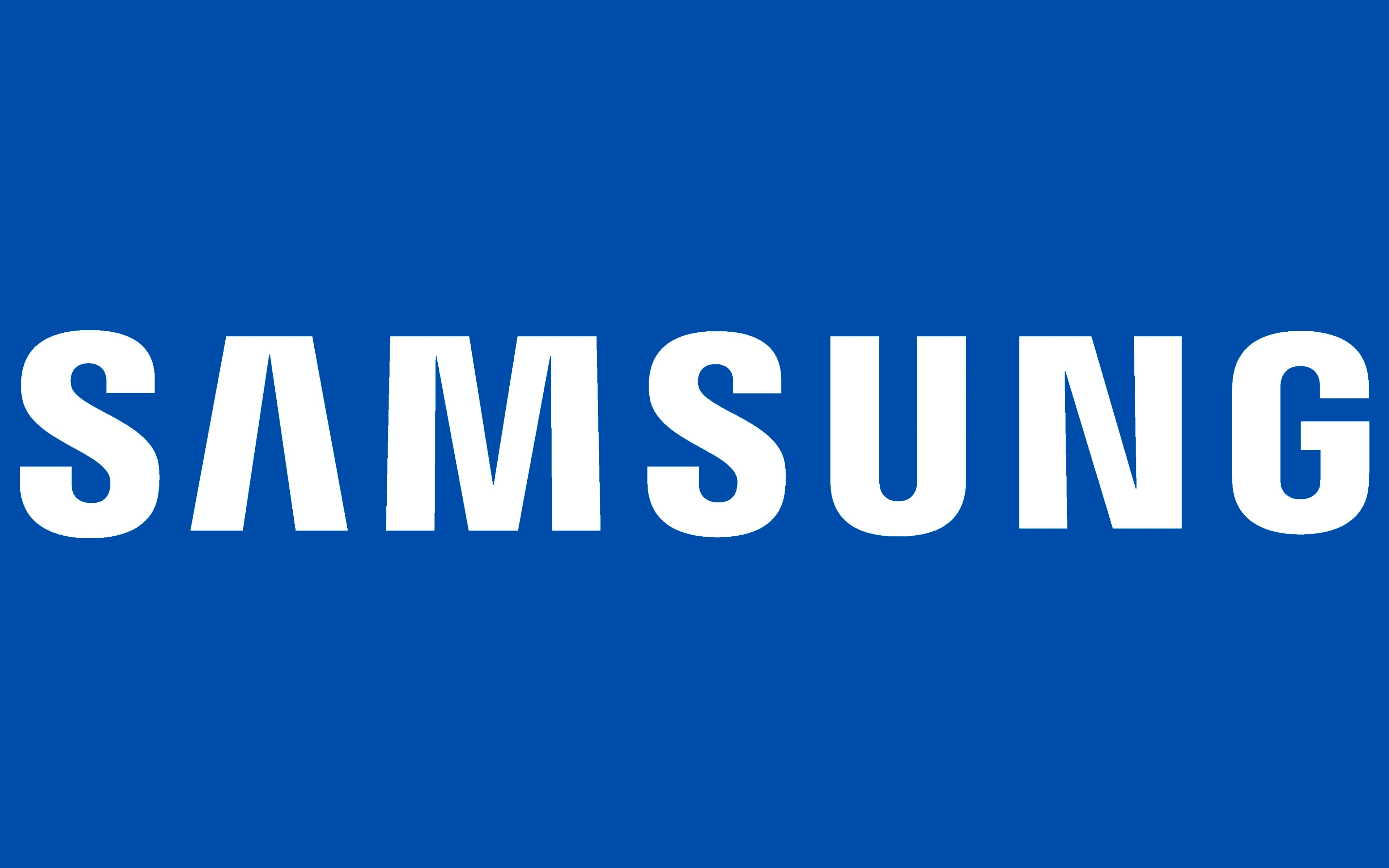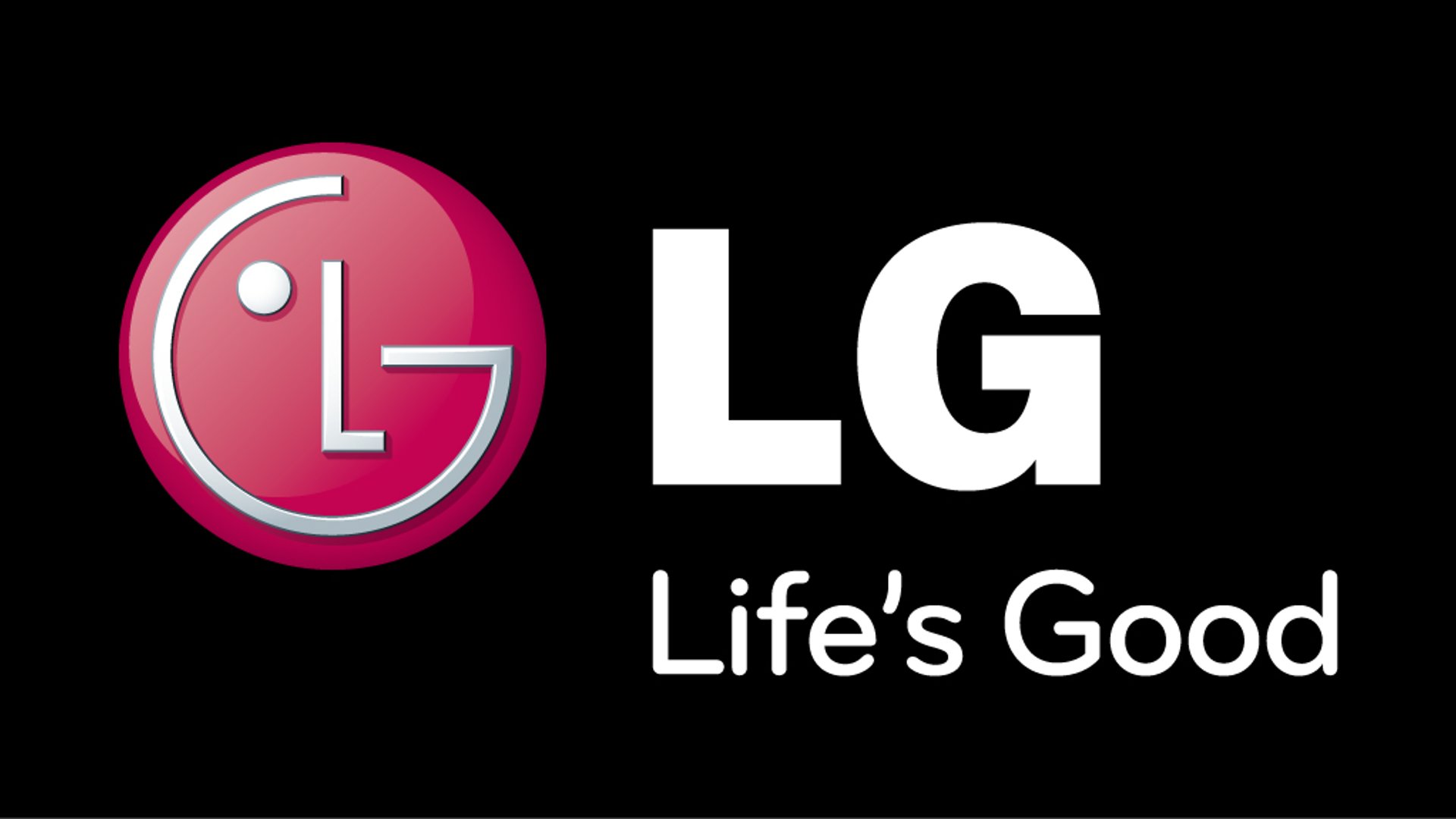Description
According to the Market Statsville Group (MSG), the global smart headphone market size was USD 9.9 billion in 2021 and is estimated to reach USD 50.1 billion by 2030. The market is projected to grow at a CAGR of 20.1% over the forecast period. The market is anticipated to grow due to increased penetration of infotainment devices, rapid technological advancement, and an upsurge in the need for mobility services. However, adverse effect on hearing ability due to overuse of headphones is expected to limit the market growth. On the contrary, customers’ increase in the need for the convenience of smart headphones, such as liberty from maintaining a wired connection of devices, easy connectivity, noise cancellation, fitness tracking, heart monitoring, and others, is expected to provide ample growth opportunity the market expansion.
Global Smart Headphone Market Definition
The smart headphone is a device that performs various functions such as voice-based personal assistants, fitness and heart rate tracking, environment-based noise suppression or audio enhancement, contextual location-based suggestions, and gesture & touch-based control, along with its primary function of listening to audio signals. The smart headphone includes in-ear, on-ear, and over-ear headphones.
Request For Report Sample: https://www.marketstatsville.com/request-sample/smart-headphone-market
Global Smart Headphone Market Dynamics
Drivers: Increased demand for mobility services
Mobility services are services that can be accessible at any time, are remotely managed, process data faster, can be used anywhere, and do not require wire maintenance. Mobility solutions such as mobile devices, wireless services, BYOD trends, and others reduce the complexity of infrastructure maintenance and offer portability, flexibility, remote access, and convenience. The demand for mobile devices such as tablets, laptops, and smartphones has expanded significantly as science and technology has advanced, allowing for simple connectivity and access to information on the go, fueling the global expansion of the smart headphone market.
Restraints: Adverse effect on hearing ability due to overuse of headphones
The adoption of smart headphones has been fueled by the rapid growth in the use of mobile phones and portable music players. However, prolonged use of audio devices at high sound levels, such as 85 decibels for eight hours or 100 decibels for 15 minutes, can result in temporary or permanent sensory damage. According to the World Health Organization, nearly 22 million young people have hearing impairment as a result of excessive noise levels caused by wireless accessories. As a result, excessive use of headphones has a negative impact on consumers’ hearing ability, limiting their adoption and thus limiting the market growth.
Request For Report Discount: https://www.marketstatsville.com/request-for-special-pricing/smart-headphone-market
Scope of the Global Smart Headphone Market
The study categorizes the smart headphone market based on type and distribution channel at the regional and global levels.
By Type Outlook (Sales, USD Billion, 2017–2030)
- In-Ear
- On-Ear
- Over-Ear
By Distribution Channel Outlook (Sales, USD Billion, 2017–2030)
- Online
- Offline
By Region Outlook (Sales, USD Million, 2017–2030)
- North America
- US
- Canada
- Mexico
- Europe
- Germany
- Italy
- France
- UK
- Spain
- Poland
- Russia
- The Netherlands
- Norway
- Czech Republic
- Rest of Europe
- Asia Pacific
- China
- Japan
- India
- South Korea
- Indonesia
- Malaysia
- Thailand
- Singapore
- Australia & New Zealand
- Rest of Asia Pacific
- South America
- Brazil
- Argentina
- Colombia
- Rest of South America
- The Middle East & Africa
- Saudi Arabia
- UAE
- South Africa
- Northern Africa
- Rest of MEA
The in-ear segment is projected to account for the largest market share, by type
Based on type, the global smart headphone market is divided into in-ear, on-ear, and over-ear. In 2021, in-ear had the largest market share of 49.4% in the global smart headphone market. In-ear headphones can be inserted into the ear canal or can be placed outside. In ear headphones segment dominates the smart headphones market. The growth is attributed to the fact that it offers various features such as noise cancellation, ultra-portability, enhanced sound quality, fitness & heart rate tracking, voice-based personal assistants, contextual location-based suggestions, environment-based noise suppression, and audio enhancement.
Europe accounts for the highest CAGR during the forecast period
Based on the regions, the global smart headphone market has been segmented across North America, Asia–Pacific, Europe, South America, and the Middle East & Africa. Globally, Europe is estimated to hold the highest CAGR in the global smart headphone market during the forecast period. The market in Europe is analyzed across the UK, Germany, France, Russia, and rest of Europe. Europe is anticipated to witness a significant growth rate for smart headphone market during the study period, due to the rise in demand for smart electronics and increase in the purchasing power of the people across the region.
Technological advancements and growth in consumer electronics standards contribute to the growth of the smart headphone market in Europe. Moreover, a rapid increase in sales of IoT products promotes the market’s growth. Furthermore, high disposable income and a rise in preference for consumer electronics drive the market growth in this region.
Report Analysis: https://www.marketstatsville.com/smart-headphone-market
Key Market Players in the Global Smart Headphone Market
Most companies in the market are focused on expanding operations across regions, augmenting their capabilities, and building strong partner relations. (Refer: Top Brands to know more about the Top 10 Players & click on the image for more details)


















Leave a Reply